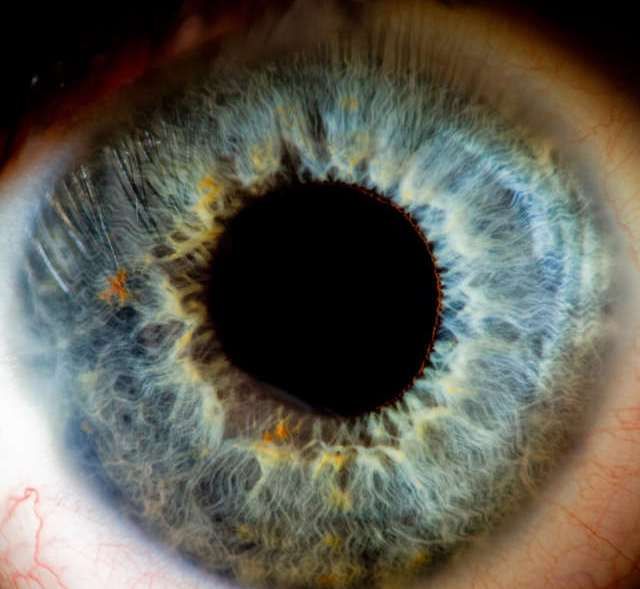Doctors developing a breakthrough technology from neuroscience, that might allow blind people to see a monochromatic world.
Scientists at Retina Foundation of the Southwest, they will try sometime next month a surgeon using a needle to inject viruses laden with DNA from light-sensitive algae into the eye, of a legally blind person in a bet that it could let the patient see again, in black-and-white.
Sponsored by a startup called RetroSense Therapeutics, of Ann Arbor, Michigan, the amaizing study is expected to be the first human test of optogenetics, a technology developed “in neuroscience labs that uses a combination of gene therapy and light to precisely control nerve cells.”
The trial, to be carried out by doctors at the Retina Foundation of the Southwest, will involve as many as 15 patients with retinitis pigmentosa, a degenerative disease in which the specialized light-sensitive photoreceptor cells in the eye die, slowly causing blindness. The aim of the treatment is to engineer the DNA of different cells in the retina, called ganglion cells, so that they can respond to light instead, firing off signals to the brain.
The technology is already helping scientists make rapid progress in understanding what brain cells underlie movement, motivation, pain, and many other basic brain functions in animals. In one experiment, Stanford University researchers led by Karl Deisseroth, one of the inventors of optogenetics, found they could switch the sensation of fear on and off in mice by shooting light through a fiber-optic cable at specific cells in their brains.
Read more at technologyreview






Leave A Comment